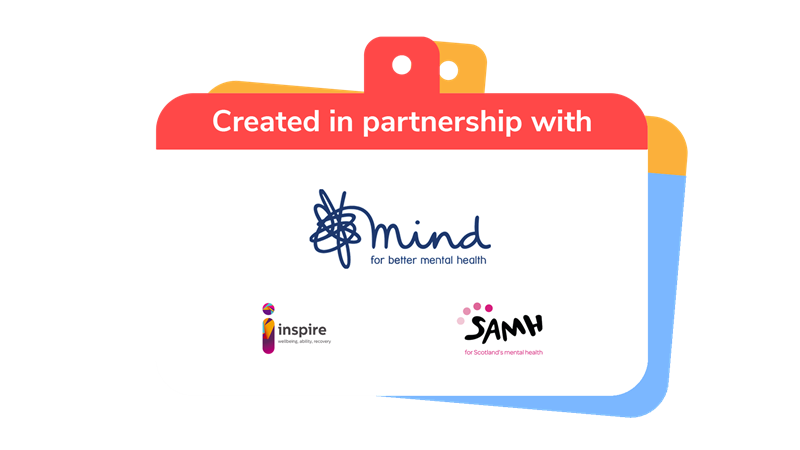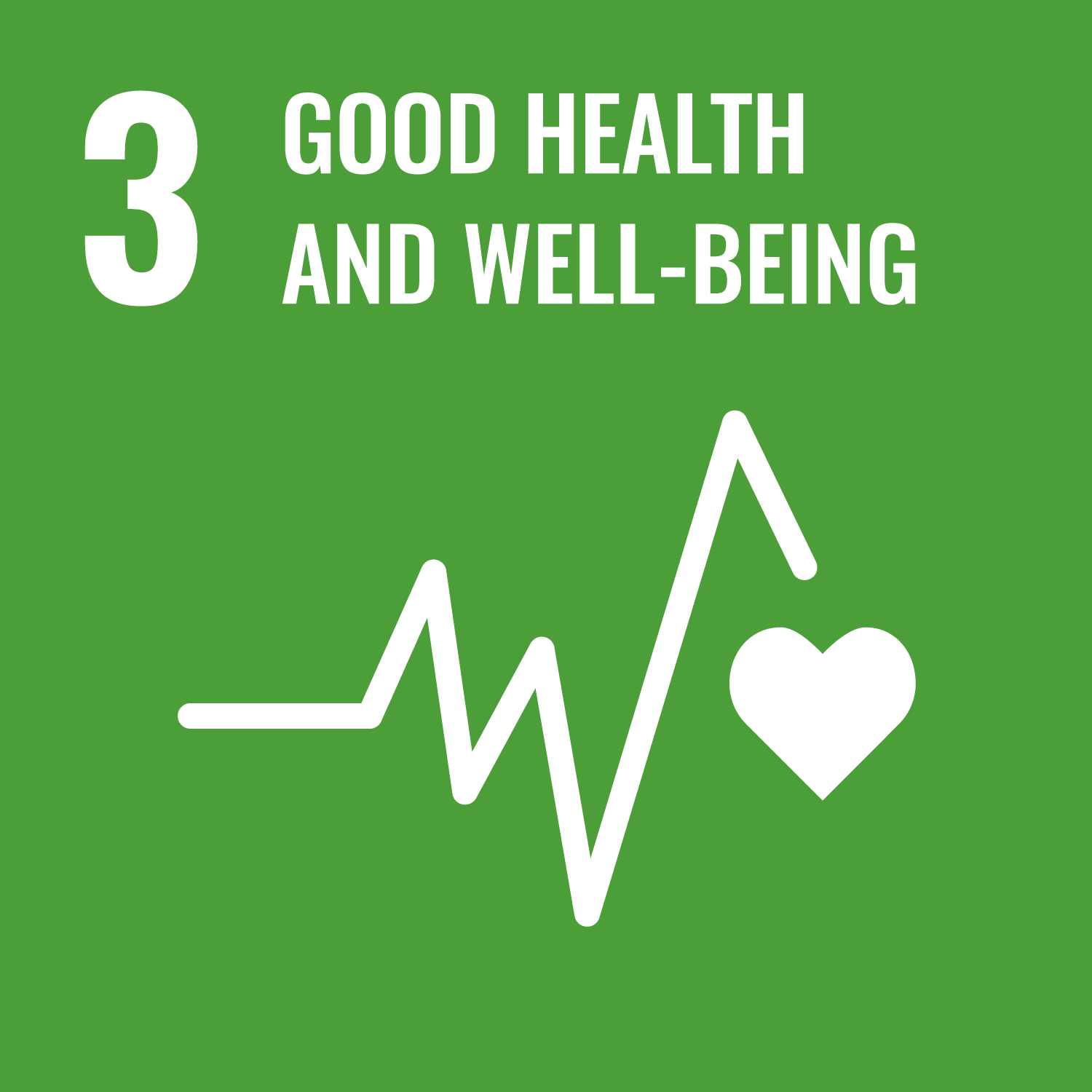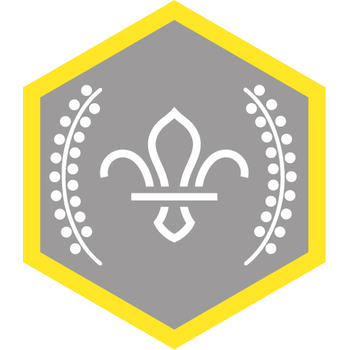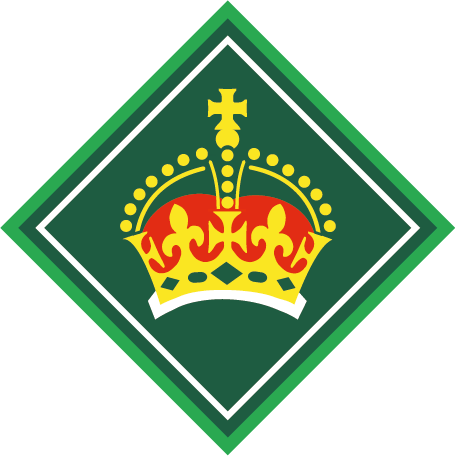
Community wellbeing map
You’ll need
- Sticky tape
- Pens or pencils
- Five ways to wellbeing sheet
- Big sheets of paper
- A map of your local area
Before you begin
- Gather some large pieces of paper: the bigger, the better. It might be best to stick lots of sheets together. Flipchart paper is perfect for this, but you can just use whatever you have. You’ll need a piece for each group.
- Make sure you have different colours of pens (marker pens are great).
- It’s up to you how big an area you cover, but try to make sure it includes a local GP practice, schools, parks, leisure centres, youth clubs, and your meeting place. Make sure you know where things like the GP are, just in case young people don’t.
- It doesn’t matter whether you have ‘proper’ hard copies of maps, or just copies printed from an online map service.
- You could also use a projector to show the map or whiteboards to draw on. Why not add some sticky notes into the mix? They make information stand out, and you can move them around if you need to.
Make a map
- Everyone should split into groups of three or four people.
- The person leading the activity should give each group a big sheet of paper and a map of their local area.
- Each group should use black pens to recreate the map on their piece of paper. They should focus on the main features such as important buildings (for example, schools, the GP surgery, and leisure centres) and parks. They don’t need to worry about every single house and footpath, and the buildings don’t need to be detailed – a square with a triangle roof is fine.
Everyone should get stuck in here – maybe one person could tackle indoor spaces, another outdoor, and someone else joining them up with roads.
- Each group should find where they are on the map. The person leading the activity should give as much help as people need – it’s not a test.
- Everyone should label their meeting place in colour one. They should write or draw how the place makes them feel, for example ‘we feel happy and safe here’.
Find places that help with mental health problems
- The person leading the activity should ask everyone if they know where to go to ask for help or support if they (or someone they cared about such as a friend) was struggling with a mental health problem. Everyone should share their ideas.
If people are struggling, give them prompts. You might want to talk about the GP surgery, schools, youth centres, and any local mental health projects or charities.
- Once they’ve shared ideas, each group should label places on their map using colour two. They should label the place and add some information or advice about getting support there. For example, next to a school they could write ‘you could talk to teachers or other members of staff’ or ‘you could tell your friends if you feel sad’.
- People may want to use different colours if some places only apply to certain age groups – for example, if a school is only a place for young people.
Find places that contribute to positive wellbeing
- The person leading the activity should explain that everyone has mental health – even if people don’t have a mental health problem, there are still things they can do to help their wellbeing.
- The person leading the activity should ask everyone what they do that boosts their wellbeing – people could think of things that they look forward to or things that make them happy. If people are struggling to think of ideas, the person leading the activity should use the ‘Five ways to wellbeing’ sheet to help.
- Once they’ve shared ideas, each group should label places on their map using colour three. They should label the place and draw a few pictures to represent themselves there. They should also add some information or advice about how the place helps their wellbeing. For example, next to a park they could write ‘running in the park makes me feel happy and alive’ or ‘spending time focussing on nature helps me worry less and feel calm’.
Display the work in progress
- Everyone should decide what they’d like to do with their maps. They could put them on display in their meeting place (if possible) so everyone can benefit, or they could take good photos of their maps and print them out so everyone has a copy (or more than one, to share).
- Everyone should remember that the maps are a work in progress – people should go away and research anything they didn’t know and add to it. If anything new pops up, they could keep their maps updated.

This activity helps contribute towards some of the UN's Sustainable Development Goals. Find out more about the SDGs, and how Scouts across the world are getting involved.


Reflection
This activity helped everyone think about living healthily. Mental health is as important as physical health; it’s important that people know how to take care of both, and know where to ask for help if they need it. Are people surprised by the support in their area? Do they think there’s enough, and what else would they like to see? Everyone experiencing a mental health problem deserves support and respect.
This activity was also a chance for people to develop skills. Knowing how to boost wellbeing is a great skill, as is knowing how to ask for help. Some people find asking for help easier than others. Do people feel more confident about asking for help now? What would they do if they were worried about their mental health?
Safety
All activities must be safely managed. You must complete a thorough risk assessment and take appropriate steps to reduce risk. Use the safety checklist to help you plan and risk assess your activity. Always get approval for the activity, and have suitable supervision and an InTouch process.
You could highlight some of the important buildings on the map you hand out if you think people will struggle to identify where they are.
Be sensitive if anyone has experience of mental health problems. Let them (and their parents or carers) know about the activity in advance and find out if there are any topics you should avoid.
Everyone has different ways of boosting their wellbeing – different things work for different people and that’s OK. Remind everyone that the maps just show the options so not everyone has to enjoy every activity.
Make sure people know that mental health problems are complicated, and can’t always be made better with the positive wellbeing activities and places. This isn’t the person’s fault, and it’s OK to need more support for mental health problems – speaking to a trusted adult, a GP, or Childline is a great place to start.
Have some information on hand in case anyone wants to know more about how they can seek help, and always follow the yellow card.
All Scout activities should be inclusive and accessible.
Why not add an outdoor mapping session to this activity? Everyone could explore the local area to find places such as the GP surgery or leisure centre and gather photos and information to add to their map. Make sure you think through the safety and risk assessments first though.
You could also use the maps to plan future sessions. People could think about mood-boosting activities they’d like to try or places they’d like to visit – or you could invite someone from a GP surgery, support service, or charity to come and speak to everyone.
Discover more at https://www.mind.org.uk/





